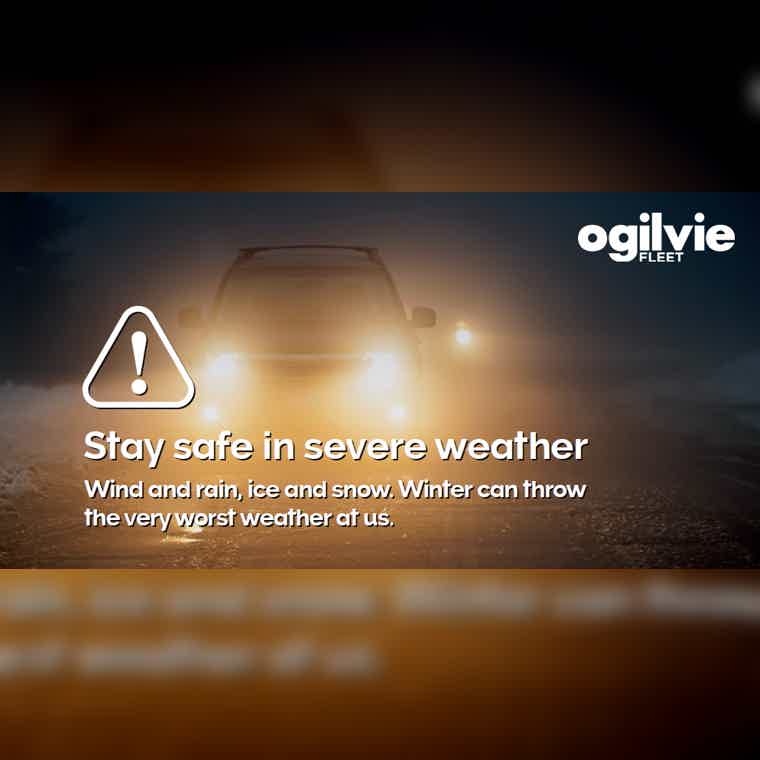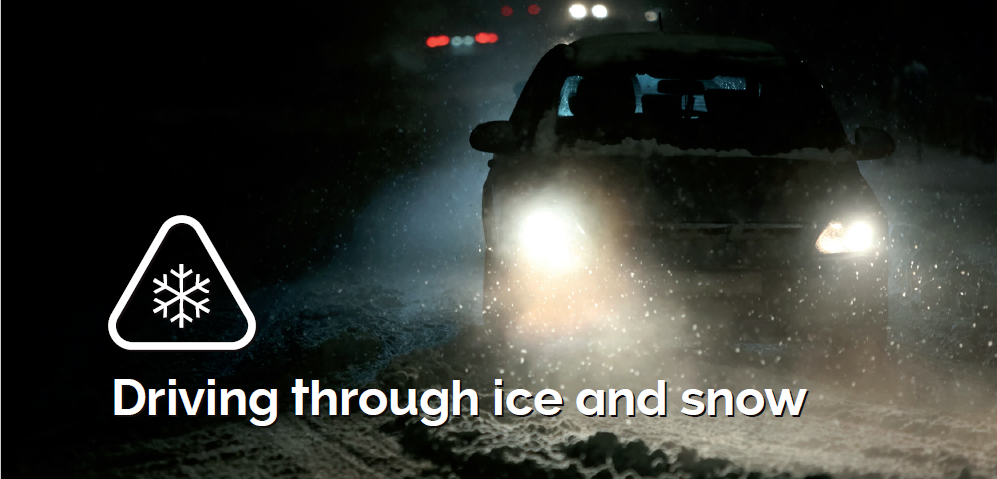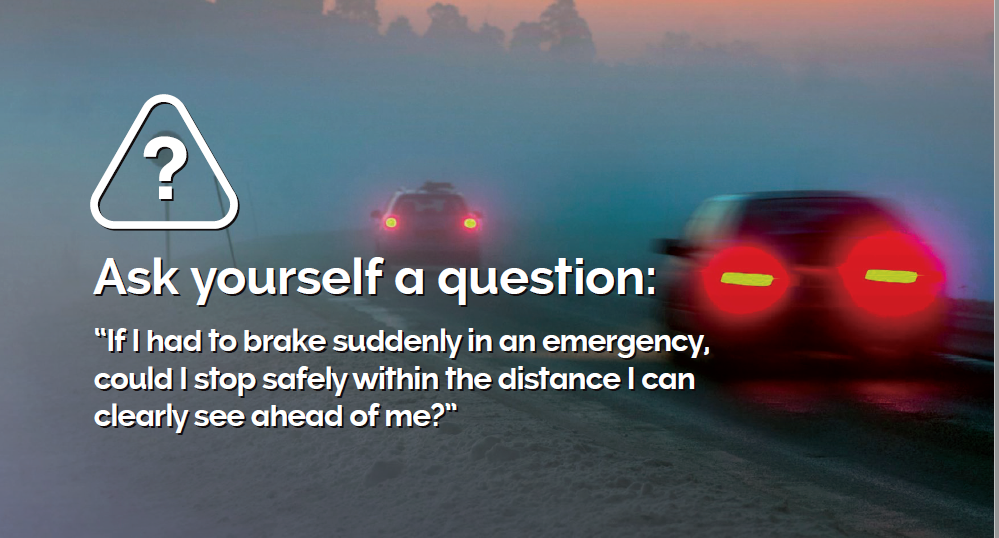Driving in severe weather guide
Posted on 5 Jan 2021

3 min read

To help you prepare for bad weather here is some helpful advice for your journey:
– Check the route for delays and poor weather conditions before you set out.
– Plan your journey if you need to travel in severe weather.
– Keep an emergency kit in your vehicle.
When you are on the road:
– Pay attention to the changing road, traffic and weather conditions.
– Look out for Variable Message Signs (electronic overhead signs) for warnings of condition ahead.
– Be ready to slow down and take more care if you need to, particularly when approaching a bend and on exposed stretches of road.
When driving in the rain and floods, keep in mind these tips to keep you safe:
– When the road is wet it can take twice as long to stop. Slow down and maintain a safe distance from the vehicle in front.
– Try to avoid going through surface water as you might flood your engine.
– If you have to drive through floods, drive slowly, use a low gear and keep the engine revving at a high rate. Move forward continuously to avoid stalling the engine. When driving an automatic vehicle, engage and hold in a low gear.
– Test your brakes after driving through water, they may be ineffective due to being wet.
– If your vehicle loses grip, or “aquaplanes”, on surface water take your foot off the accelerator to slow down. Do not brake or steer suddenly because you have less control of the steering and brakes.
When driving in windy weather, keep in mind these tips to keep you safe:
– Take extra care on the roads and plan your journey by check the latest weather conditions.
– Though high-sided vehicles are particularly affected by windy weather, strong winds can also blow other vehicles off course. This can happen on open stretches of road exposed to strong crosswinds, or when passing bridges, high-sided vehicles or gaps in trees.

When driving in the snow and ice, keep in mind these tips to keep you safe:
– Clear any snow off the roof of your vehicle before you drive away.
– Watch out for icy conditions – look for clues such as ice on the pavement or your windscreen before starting your journey and take extra care.
– Try not brake suddenly – it may lock up your wheels and you could skid further.
– Look out for winter service vehicles spreading salt or using snow ploughs. They have flashing amber beacons and travel at slower speeds – around 40 mph. Stay well back because salt or spray can be thrown across the road. Do not overtake unless is is safe to do so – there may be uncleared snow on the road ahead.

Is your vehicle ready for extreme weather?
– Service your vehicle.
– Check and replace the antifreeze in the radiator.
– If your battery is not reliable, replace it. Most batteries last between two and four years.
– Lights can get dirty. Keep them clean and check the bulbs often so you are ready for lower visibility.
– Check your tyres are correctly inflated to the manufacturer’s recommended pressure for your vehicle and its load.
– Replace tyres before the tread has reached the legal minimum of 1.6mm.
– Keep your windscreen clean and replace worn wiper blades.
– Before driving, make sure your windows are clear of mist, ice and snow, inside and out.



